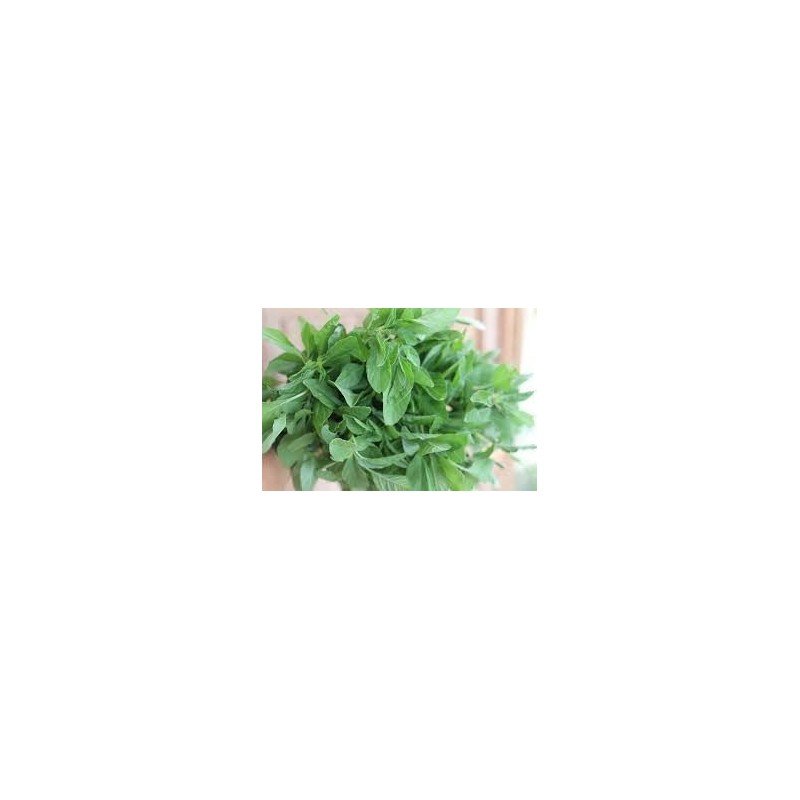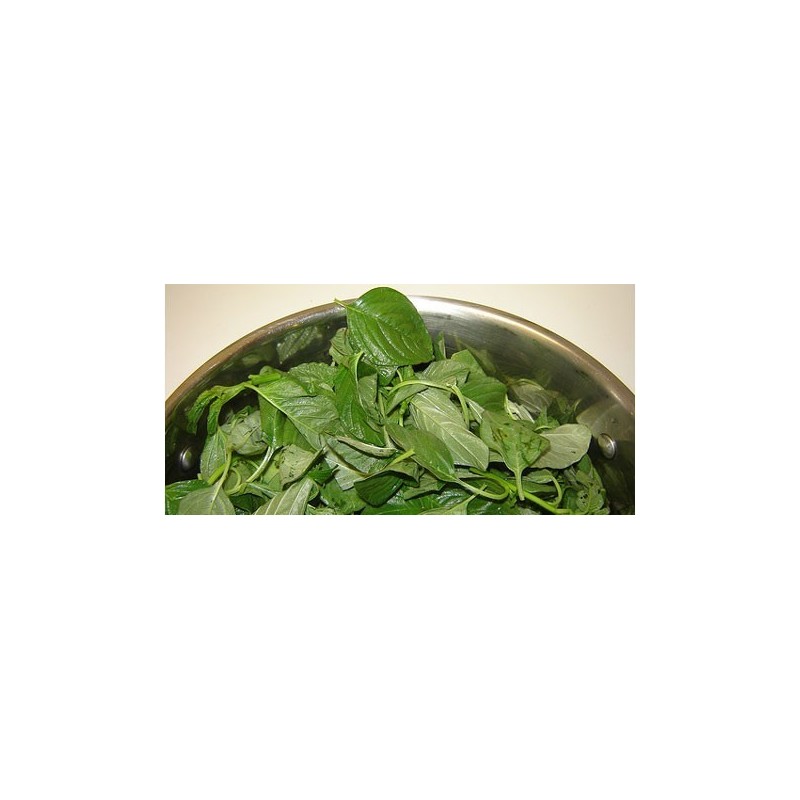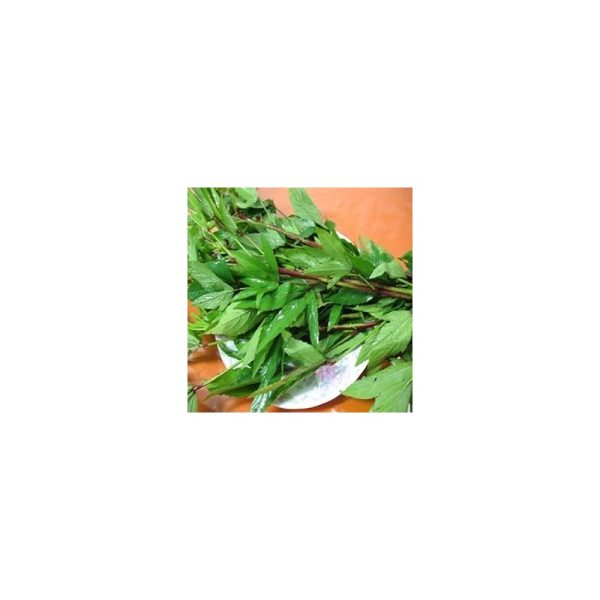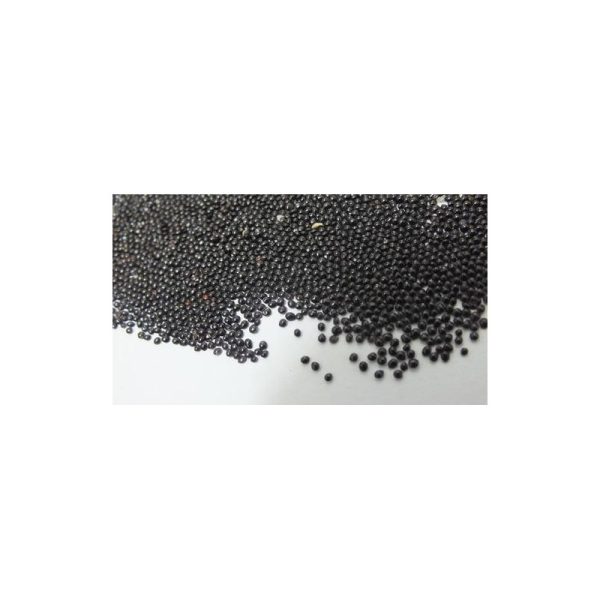What is Amaranth?
We have heard and been recommended a number of leafy greens. We have been told about their benefits a number of times and been asked to include them in our diet. While kale, spinach, lettuce, fenugreek etc. are quite famous, Amaranth, also known as ‘chaulai’ has taken the backseat. Amaranth looks somewhat like spinach and is found mainly in the foothills of the Himalayas and the coasts of South India. They come in various colours ranging from gold, red, green to purple. Amaranth seeds used to be the staple food of many people including the Aztecs in the past. Their popularity had resurged a few years back and they came to be known as a superfood when the Amaranth seeds were found to have health benefits.
Why Amaranth leaves?
The humble Amaranth leaves are witnessing a resurgence in their popularity after research has found them to be packed with essential vitamins and nutrients. They are also rich in potassium and fibre, thus can help reduce the risk of heart disease. Hence, they are considered heart-healthy food. Not just the leaves, even the seeds of this plant are a necessary source of gluten-free protein. Part of the tropical climates, it can be found in all regions of our country. The leaves are green, gold, purple or red depending on the area where it grows and is sold as chaulai in the country.
Health benefits of Amaranth leaves
Used mostly as part of the winter dishes of saag, it is the less favourite relative of spinach. But Amaranth leaves are much superior to most greens because they are a powerhouse of nutrients. Let us look at some health benefits of eating Amaranth leaves.
-
Storehouse of nutrients
Amaranth leaves are a storehouse of essential phytonutrients and antioxidants which help to reduce inflammation in the body and provide an extra boost of nutrition to one’s health.
-
Low in calories
100gms of Amaranth leaves carry only unbelievably light baggage of just 23 calories. Traces of fat and absolutely no cholesterol make them a healthy go-to food option, especially those who are watching their weight or who want to reduce it.
-
High in fiber
Amaranth leaves are rich in soluble and insoluble fibre that has many benefits. Eating fibre helps us to reduce our weight and wards off heart disease as it lowers the cholesterol in the blood. Amaranth is high in protein and fibre, both of which may help to reduce appetite and increase weight loss
-
Good for anemics
Iron is needed for producing red blood cells and is also needed for cellular metabolism. Reap maximum benefits of this powerful punch of iron that amaranth leaves provide by adding some source of vitamin C as it facilitates maximum absorption of iron in the blood. So, you could add a dash of lemon or have the amaranth leaves dish with a glass of orange juice.
-
Boosts immunity
Here is another reason why you should make amaranth leaves a regular part of your diet. These leafy greens are rich in vitamin C. having 100gms of the leaves will meet 70% of your daily requirement for vitamin C. This vitamin is a water-soluble vitamin and is needed for fighting off infections and for quicker wound healing. It also helps to reduce the effect of free radicals in the environment which are responsible for ageing and many types of cancer.
-
Rich In vitamin A
Amaranth leaves are rich in vitamin A and a cup can meet 97% of your daily need for this antioxidative vitamin. They are also full of flavonoid polyphenolic antioxidants like beta-carotene, zeaxanthin and lutein which provide a protective layer against oxidative stress caused by free radicals. Vitamin A is also needed for healthy skin and proper vision.
-
Rich In vitamin K
Amongst all the green leafy vegetables, across the board amaranth leaves have the highest quantity of vitamin K. This vitamin is needed for good bone health and also plays an important role in blood clotting. It promotes osteoblastic activity and strengthens bone mass. Also, it is beneficial for those who suffer from Alzheimer’s disease as it controls the neural damage done in the brain.
-
Rich In vitamin B
Amaranth leaves are replete with vitamins of the B group. Folates, riboflavin, niacin, thiamin, vitamin B6 and others are all found in these leafy greens. They help prevent birth defects in newborn babies and are needed for optimal mental and physical health.
-
Rich In potassium
The leaves of this wonder plant are full of potassium. The element is needed for good cardiac health. Potassium is necessary for creating a balanced cellular fluid environment. It also controls the heart rate in the human body.
-
Amaranth is gluten-free
The seeds of the amaranth plant are used as a grain and can be ground to be made into flour. This is a protein-rich flour that is entirely gluten-free, so it is incredibly beneficial for those who have gluten intolerance.
-
Rich In protein
Amaranth leaves and grain are rich in protein, leaving behind even oats as a protein-rich grain. Receiving protein from a plant source is considered much healthier than obtaining it from an animal source as the former has no or very little fat and cholesterol. Eating amaranth leaves suppresses appetite as they are rich in protein. Having a protein-rich diet leads to suppression of hunger as it reduces insulin levels in the blood and keeps one feeling satiated.
-
Amaranth leaves have Lysine
Amaranth leaves have lysine, an essential amino acid that is needed for energy production and absorption of calcium. It also promotes hair growth and good skin. Those who suffer from hair loss or greying will benefit significantly from eating amaranth leaves.
-
Reduces bad cholesterol
Amaranth leaves are known to lower bad cholesterol which is responsible for many cardiac problems.
-
Rich In calcium
Amaranth leaves are rich in calcium and thus are beneficial for those who are suffering from osteoporosis and other bone health problems related to deficiency of calcium.
-
Easy to digest
Amaranth leaves are offered to those convalescing after an illness or those who are fasting as they are easy on the digestive system. Amaranth leaves are helpful in treating diarrhoea and haemorrhages. Regular consumption has been known to benefit digestion.
How to include it in your diet?
In India, mostly the red variety of Amaranth leaves are used in cooking. It is usually prepared by sautéing the Amaranth leaves a few spices, garlic and onion. It is known as lal saag or chaulai saag. Sometimes, it is also cooked with lentils and served alongside rice or roti. This dish is known as dal saag. In Andhra Pradesh, it is prepared with moong dal or toor dal and known as thotakura pappu. Another variation is done where a sort of curry is made with Amaranth leaves and gram flour. In Kerala, a dish called cheera thoran is prepared. It is made by finely chopping the amaranth leaves and then sautéing them with grated coconut, chillies, curry leaves and certain spices. In Tamil Nadu, it is known as keerai masial and served with steamed rice.
Fresh, tender leaves and shoots of Amaranth can be eaten raw in salads or as juice. In the mainland of China, Amaranth is known as yin-tsai. It is used in various soups and stir-fries. In Greece, they are known as vleeta where they are eaten with dandelion, mustard green, chicory greens, extra virgin olive oil, and lemon juice. The name of the dish is vrasta chorta.
Conclusion
Amaranth leaves and grains are known as a superfood because they are beneficial for almost every organ of the body. It is easy to incorporate them into the diet as they taste well as a stir-fry or when combined with lentils. Rich in protein, calcium, iron, copper, essential vitamins, magnesium, zinc and manganese, the humble amaranth has more to offer than the other leafy green vegetables. Copper and manganese are used for their antioxidative properties in the body. Copper is essential to produce red blood cells. Zinc is needed for proper growth and maintenance, digestion and the development of the human body. Choose a fresh bunch of this vegetable this winter and enjoy its health benefits.
Disclaimer: The information included at this site is for educational purposes only and is not intended to be a substitute for medical treatment by a healthcare professional. Because of unique individual needs, the reader should consult their physician to determine the appropriateness of the information for the reader’s situation





















Reviews
There are no reviews yet.